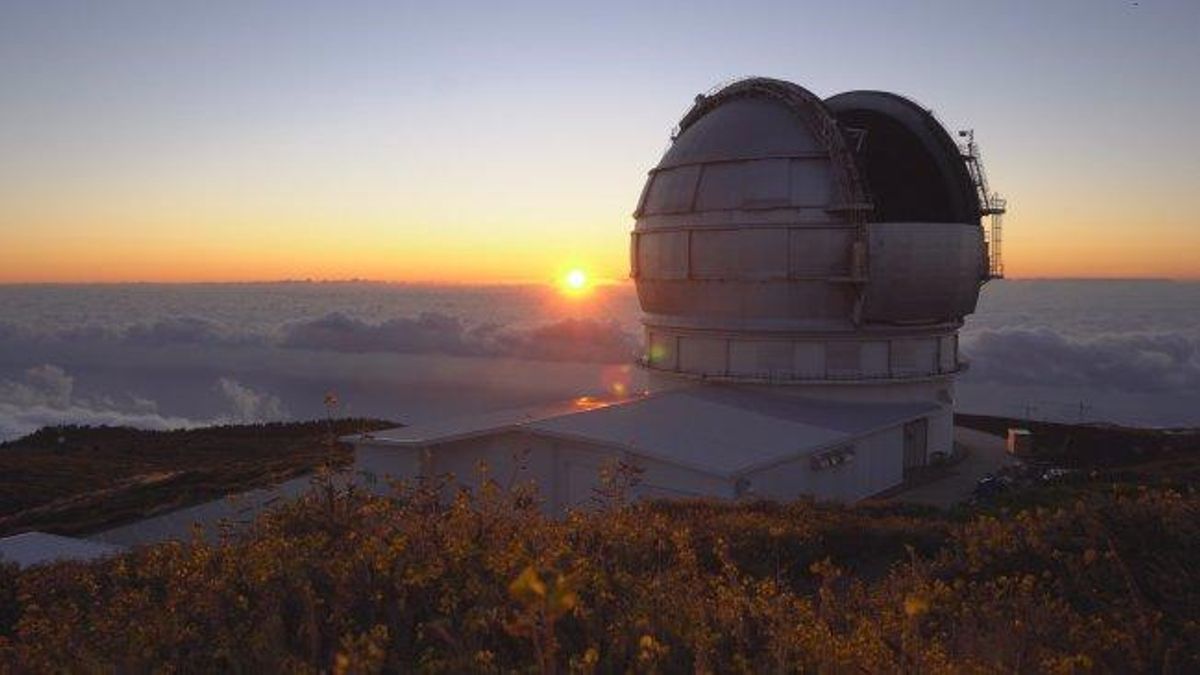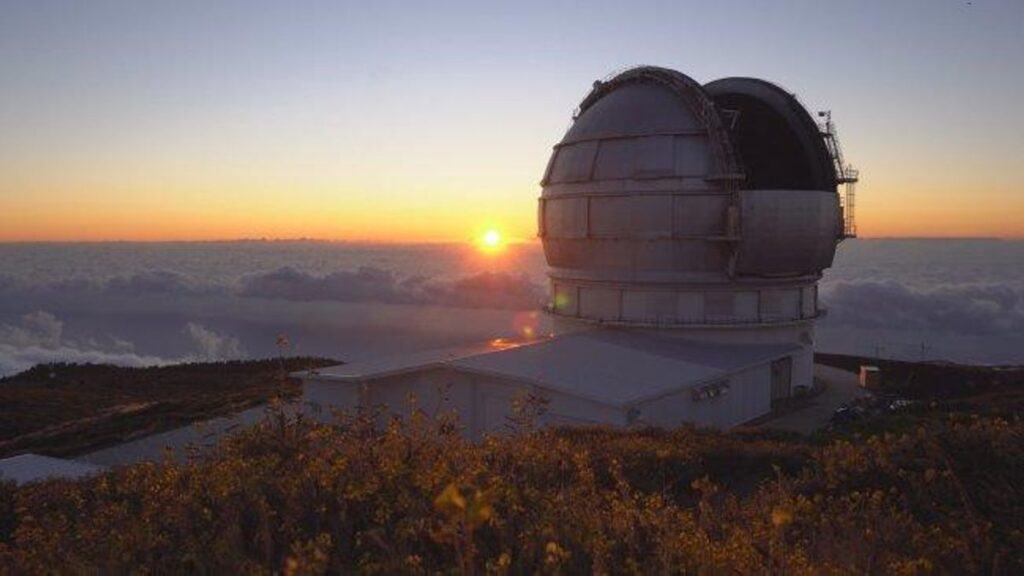Canary Islands at the Forefront of Interstellar Discovery
Telescopes at the Teide Observatory in Tenerife and the Gran Telescopio Canarias in La Palma have joined a global network of observatories tracking a mysterious 20-30 kilometer object that appears to originate from beyond our solar system. Astronomer Javier Licandro from the Instituto de Astrofísica de Canarias (IAC) revealed this exciting development to EFE, noting the object was first spotted 48 hours ago.
An Unexpected Visitor From Deep Space
The object, temporarily designated A11pl3Z, was initially detected two nights ago by one of the ATLAS telescopes in Chile. This early-warning network for near-Earth asteroids includes five facilities worldwide, with one located at Teide. The IAC has already captured four images and a video of the object using their 1-meter TST telescope.
Global Scientific Collaboration
Tonight, scientists plan to observe A11pl3Z using both the Gran Telescopio Canarias at Roque de Los Muchachos Observatory in La Palma and the 2-meter TT2 telescope at Teide. These observations will help determine the object’s physical characteristics, possible composition, and rotation period. Approximately 20 observatories worldwide are participating in this unprecedented study.
A Rare Interstellar Event
If confirmed as interstellar, this would be only the third such object ever recorded, following ‘Oumuamua in 2017 and comet 2I/Borisov in 2019. Licandro notes the object’s trajectory will keep it safely distant from Earth – passing about as far away as Mars in coming months. “A massive battery of telescopes worldwide will study it in the coming days and months,” he said, emphasizing its value for comparing solar system objects with those from other star systems.
Unlocking Cosmic Mysteries
While current data suggests a 99.99% probability of interstellar origin, scientists still need to precisely calculate its orbit before assigning a permanent name. Licandro explains such objects likely formed around other stars before escaping their gravitational pull. Their hyperbolic orbits around our sun betray their extrasolar origins.
New Era of Discovery
The detection, while unexpected, isn’t surprising to astronomers. With the upcoming Vera Rubin Observatory in Chile, researchers anticipate discovering perhaps ten more interstellar visitors this year alone. The IAC continues coordinating with Spanish astronomers and has requested observation time on ESA facilities and the James Webb Space Telescope, though Licandro notes “this is more complicated” to arrange.


